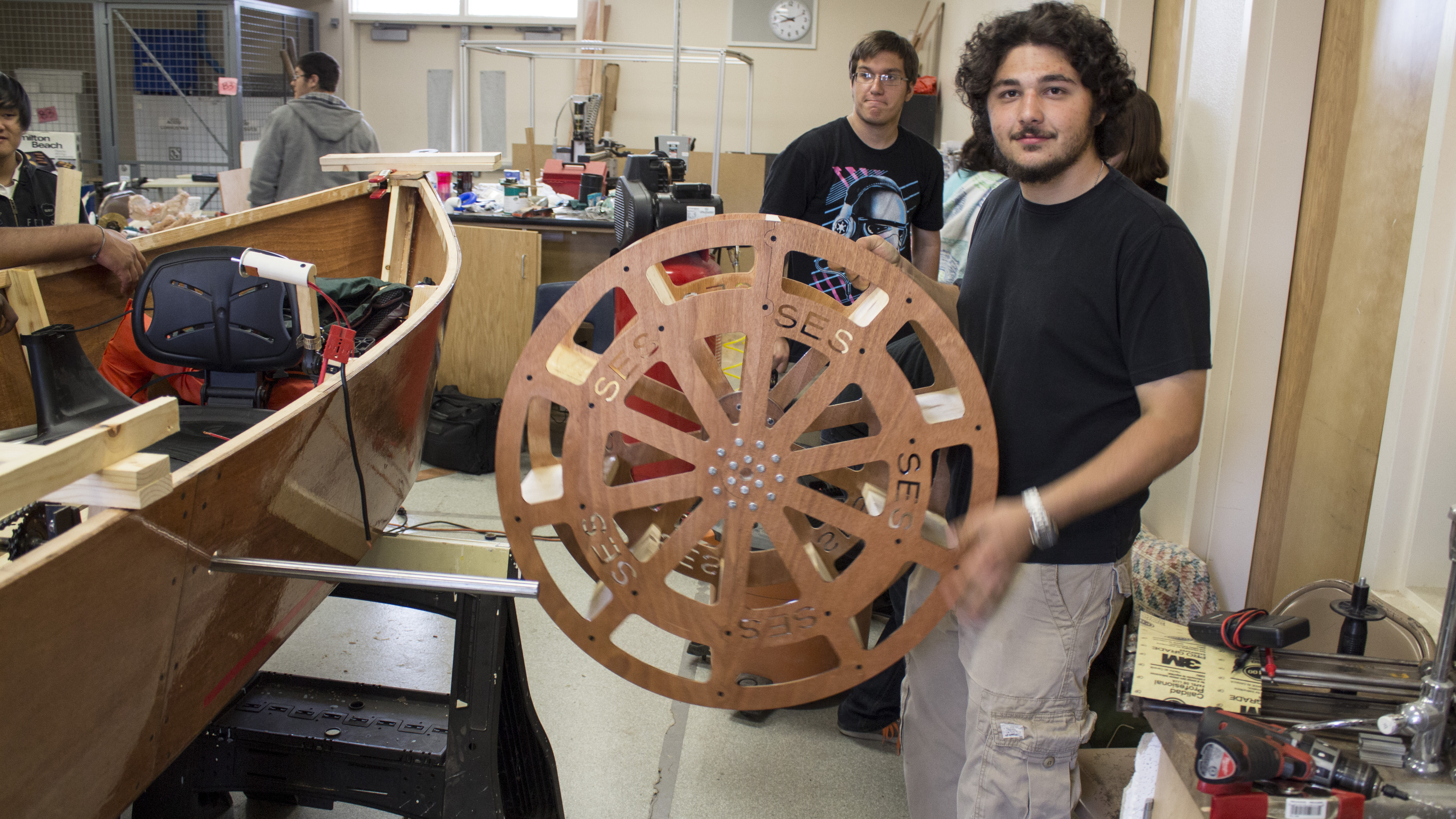by Julie Maxwell-Jolly, Policy and Programs officer
The Linked Learning approach to high school reform is based on the principle of equity and has a fundamental goal of increasing postsecondary opportunities for California’s Latino, African-American, and low-income students. Common to the Linked Learning approach are the practices of project-based learning, career-themed courses and experience, and personalized support—and reducing the use of practices associated with limiting college prep access, such as tracking and lack of articulation across grade spans. This means that students in high quality Linked Learning classes are more motivated and engaged, and that the adults in their schools know them better and expect them to achieve.
CSBA is a member of the Linked Learning Alliance, a coalition of state agencies, business, industry and trade organizations, and community and advocacy organizations that work to ensure more students are prepared for college and career.
Through a grant from the James Irvine Foundation, CSBA is engaging in a range of activities to help inform its members about Linked Learning: what school board members need to know about what it is, what it entails, and how it might benefit students. These efforts have included creating new board policies on Linked Learning (access board policies by clicking here); forming and meeting with a task force made up of CSBA members and partners; helping organize and conduct a Linked Learning site visit; and organizing strands of Linked Learning workshops at last year’s and the upcoming Annual Education Conference. In addition, we will soon release the first of a series of governance briefs on Linked Learning, we are organizing two additional site visits, and are developing an online learning hub where members will be able to click on a wide range of information on Linked Learning.

I will be blogging more about Linked Learning in the near future including more about: CSBA’s Irvine Foundation-supported work on Linked Learning, implementation of the Linked Learning approach in our members’ districts, and the efforts of our partner organizations who are engaged in supporting the approach.






Be the first to reply